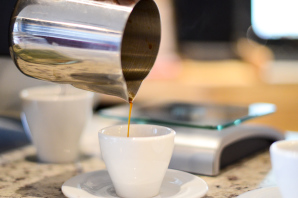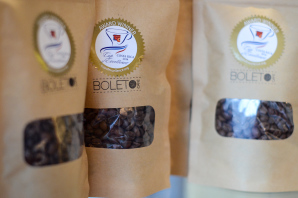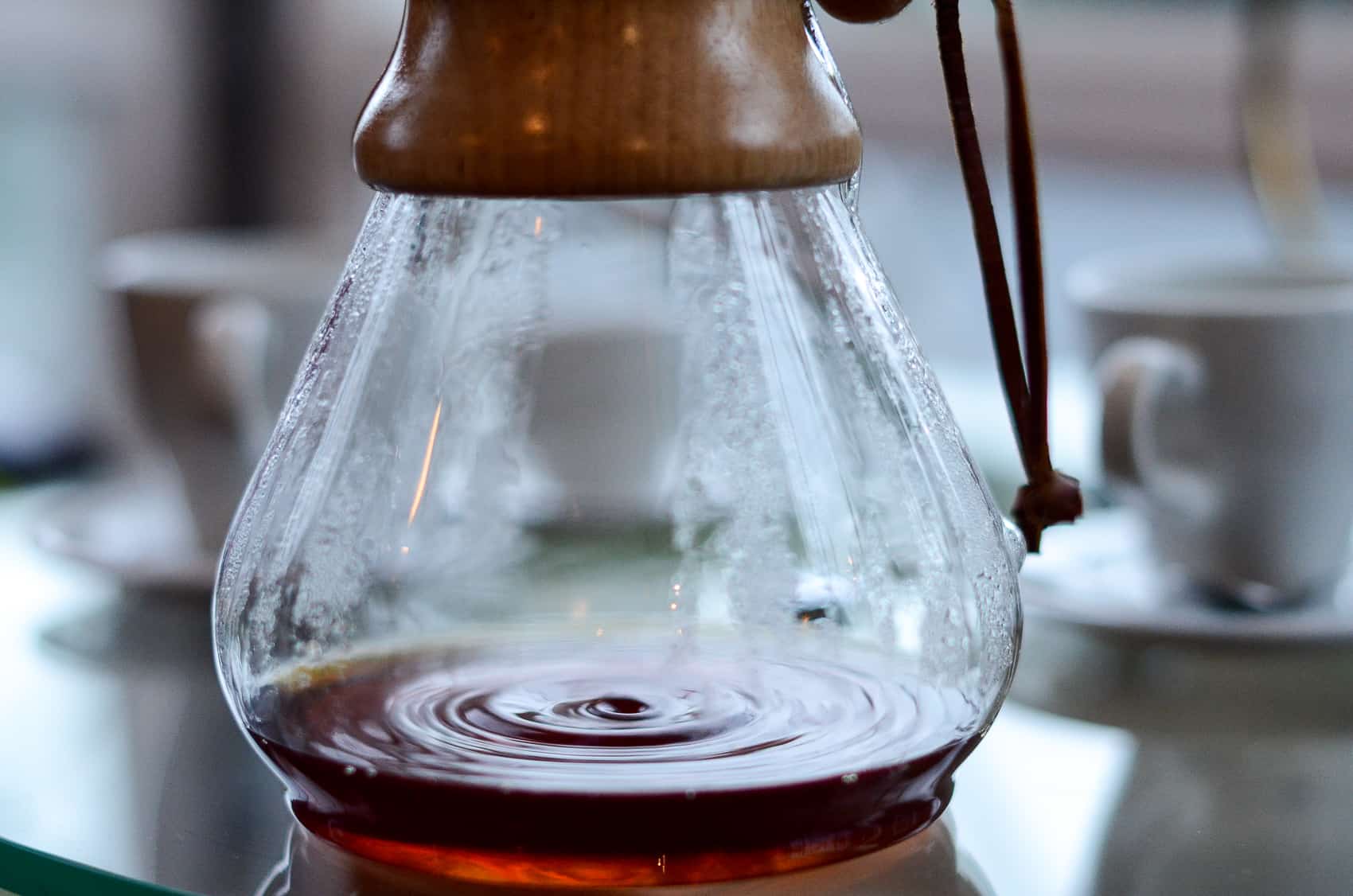You read it right, $6 for a cup of coffee. No milk, no sugar, no ice cream, no flavors; just roasted beans and water. But it’s hardly any old cup of joe. That coffee from La Mesa in Dota, Tarrazú, won the 2014 Costa Rica Cup of Excellence, the gold medal for caffeinated excellence. This is arguably the best coffee in Costa Rica.
Paying $6 for java might seem steep to some, but it represents a watershed moment for coffee consumption in Costa Rica, a country famous for coffee but historically unable to enjoy it.
“It’s very inspiring to see our product available here,” Enrique Navarro of La Mesa told The Tico Times. “Often, most Ticos who appreciate good coffee don’t have access to it. It’s important people understand and value the labor that goes into producing a quality coffee.”
Japanese buyers paid the Navarro family $41.20 per pound for the green, unroasted beans at auction in June. Banking over $60,000 for their crop, the family got a princely sum for their small-lot coffee compared to the $1.76/pound that coffee futures were trading at that week. Normally, with international buyers willing to pay top dollar, Cup of Excellence winners sell their entire crop abroad. But this year, for the first time, a Costa Rican roaster, Café Boleto, bought a small quantity of the winning beans. Cafeoteca, a speciality coffee shop in the Escalante neighborhood of San José, sells La Mesa coffee in 100-gram portions—about what a medium banana weighs—roasted by Café Boleto for ₡15,000, roughly $30. Ordering a single serving of the costly coffee will set you back ₡3,000, some $6.

Your correspondent took an afternoon to savor the experience. I ordered it up in an Aeropress, which produces some thing close to espresso, and a Chemex, a popular pour-over method. The espresso-style shot accentuated the coffee’s natural acidity and light roast. Its citrus notes reminded me of grapefruit. The Chemex, meanwhile, offered a more balanced cup of coffee with sweet and acidic notes.
Some may balk at paying anything more than a “rojo,” or ₡1,000, for a cuppa, but it wasn’t that long ago that Costa Ricans couldn’t dream of tasting their country’s finest coffee. Before the 1990s, coffee farmers were obliged to sell roughly 9 percent of their crop for domestic consumption at a quarter of what the international market would pay.
The Costa Rican Coffee Institute even dyed the beans for local consumption blue to prevent them from being exported. Steve Aronson, president of Café Britt S.A., told The Tico Times that the old system provided an incentive for farmers to dump their worst coffee on the domestic market.
Aronson’s Café Britt, which used to be a green coffee exporter, was instrumental in ending the old 9-percent law. His timing was impeccable. Soon after Café Britt got permission to roast and sell export-grade coffee within the country, Costa Rica would experience a tourist boom that helped drive the demand for better coffee in hotels, and for a taste of the region that travelers could take home with them.
“People said that tourists wouldn’t buy coffee as a souvenir. Can you believe that?” Aronson joked.
By the early 2000s, the Starbucks revolution and mass-market appeal of coffee-based drinks like cappuccinos and lattes had made its way to Costa Rica. Aronson said that it took his company three years to sell 10 espresso machines in the 1990s; by the turn of the century, they were selling 500 a year.
“The consumer has become more educated. They know what types of coffee are the best and how it should be prepared, how to make a proper espresso or cappuccino,” sad José Solís, a coffee expert and barista trainer with the Specialty Coffee Association of Costa Rica.
“In the past, talking about a coffee-based drink meant a kind of milkshake with ice cream, and lots of flavoring. Today, there are 8- or 10-ounce cappuccinos served with a drier foam and brighter flavors, or 2-ounce espressos served without cream and more bitter flavors,” Solís said.

In the last five years, so-called “third wave” coffee culture has started to take root here. Third-wave coffee steps away from added flavors and even milk to emphasize the coffee’s natural flavors. Concepts many associate with wine, like terroir and a complex spectrum of flavors, artisanal preparation and relationships with small-lot growers, have become fashionable.
More than 12,600 people attended the Specialty Coffee Association’s national barista championship this year, and serious coffee shops are popping up across the Central Valley, especially in San José.
Aronson said that one ingredient still missing from the specialty coffee scene in Costa Rica is time. Consumers need free time to sit and savor a cup of coffee, especially if they’re paying for a premium experience. That’s a cultural as well as an economic challenge, he said, and it’s something that is just starting in Costa Rica.
Solís said that coffee drinkers today are more attuned to where their coffee comes from and how it should be roasted and prepared, which accounts for the willingness of some consumers to fork over more than $40 per pound for their morning pick-me-up. A bean like that is out of the price range of most coffee enthusiasts, but Solís said that more and more coffee drinkers in Costa Rica will pay a “fair” price for quality coffee, helping to drive local demand and giving farmers reason not to export all of their quality coffee. With that in mind, maybe $6 a cup doesn’t sound so unreasonable after all.
Correction Nov. 5, 2014: This post originally reported the cost of a 100-gram bag of the coffee as ₡20,000.







